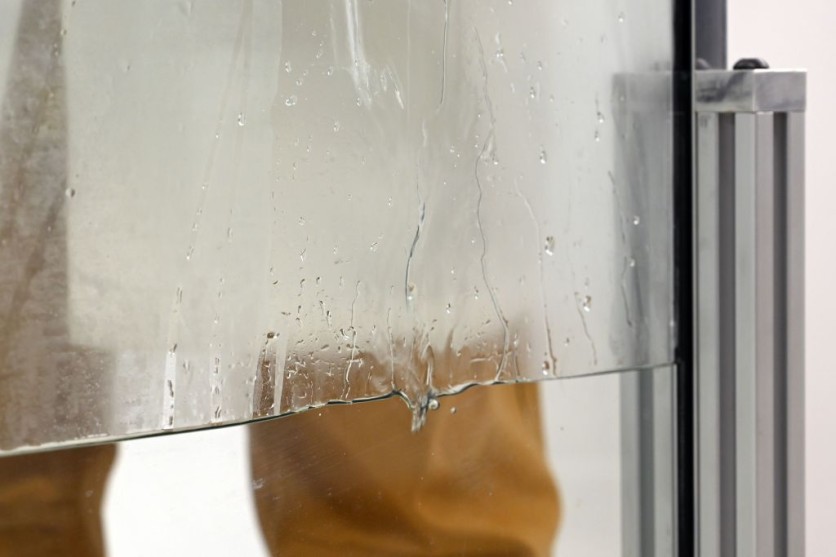Heatwaves have become common nowadays since summer rolled in, and scientists are finding new ways to cool buildings. To counter this heat problem, a group of researchers from China has developed a hydrogel glass, a material that can block heat from the Sun while letting its sunlight peer through a room or space.

Sunlight In, Heat Out
As reported first by New Atlas, regular glass is intended to let visible light pass through and brighten the space, but its interactions with infrared light produce heat.
The glass allows for the transmission of near-infrared radiation from sunlight but blocks the escape of mid-infrared light, which is responsible for heating a room.
Researchers at Wuhan University have been experimenting with new window materials that interact with light differently to address the heat problem.
A thin hydrogel layer applied to glass was created to reflect more near-infrared light from the outside and let more mid-infrared light escape from the inside while still remaining equally transparent to visible light.
Photons of visible light, on the other hand, are thought to be able to travel over 1 m (3.3 ft) through water, but photons in the near-infrared region of the spectrum can barely travel a few millimeters. Hydrogels serve as a good, selective barrier because they are primarily composed of water.
The hydrogel glass was shown to emit up to 96% of the infrared light directly into space during tests since these wavelengths are not obstructed by the atmosphere. This would function similarly to other radiative cooling systems in keeping a building's interior colder.
It is worth noting that ordinary glass only emits 84% of infrared light, as per New Atlas' report.
Read also : 'Solar Facade': These Embedded Solar Panels Produce 50 Times More Power Than Standard Panels!
More Light Than Conventional Glass
The hydrogel glass also lets through more light than conventional glass, not making it appear darker. In comparison to 92.3% for regular glass, the hydrogel layer, depending on its thickness, allowed up to 92.8% of the visible light into the space.
The team used model homes measuring 20 x 20 x 20 cm (7.9 in) and equipped them with highly insulated walls and one large window to test the hydrogel glass's performance. The windows reportedly lowered indoor temperatures by up to 3.5 °C (6.3 °F), according to sensors.
According to the researchers, using less energy for cooling would be advantageous for both the environment and users' wallets. Hydrogels should be reasonably easy to roll out and are inexpensive and widely used, which could offer them an edge over more complicated smart windows.
Related Article : 'Carbon Sponge:' First Solar-Powered Carbon Capture Machine Will Suck CO2 to Help Solve Climate Crisis
This article is owned by Tech Times
Written by Joaquin Victor Tacla
ⓒ 2025 TECHTIMES.com All rights reserved. Do not reproduce without permission.




